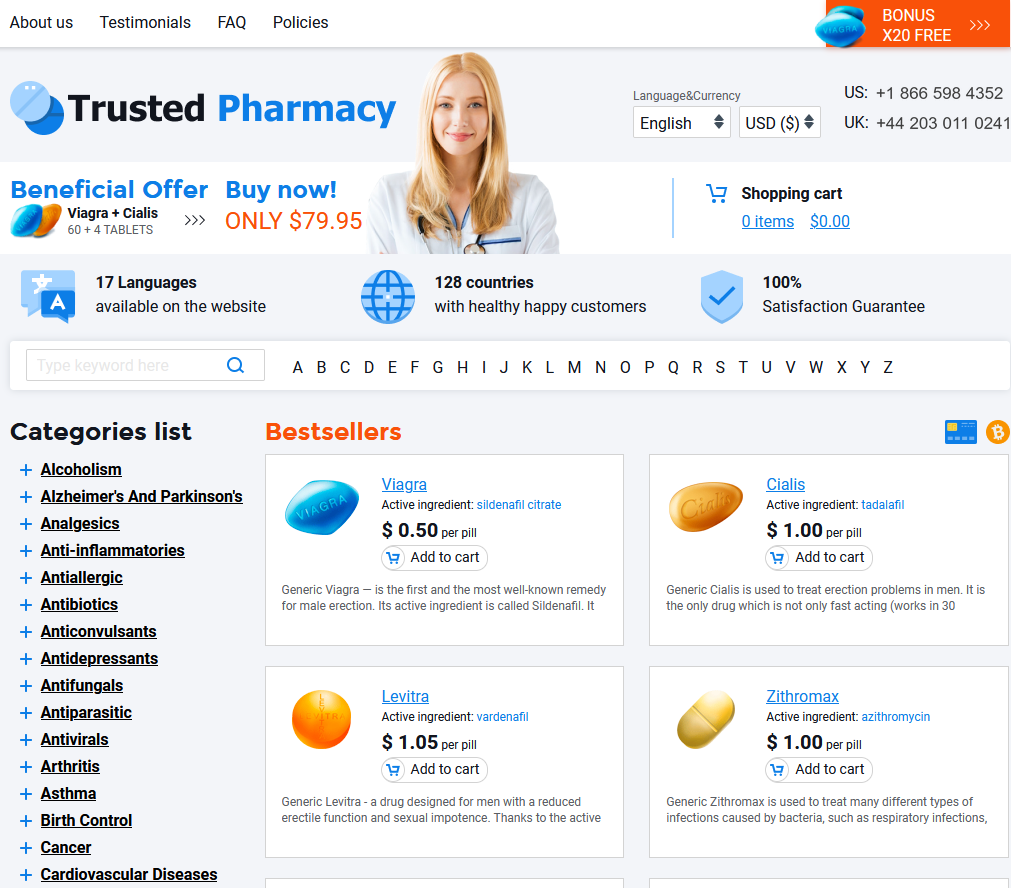Broad Spectrum Power: Fighting Parasites in Livestock
Ivermectin has revolutionized parasite control in livestock, offering protection against a wide variety of harmful internal and external pests. Cattle, sheep, and pigs benefit as the medication targets worms, lice, and mites, reducing disease spread and improving animal health. This enhanced control translates into higher productivity and better weight gain. Farmers have noted not only healthier herds but also increased profitability. Consistent, appropriate use of ivermectin minimizes economic losses, helping ensure sustainable food production around the world.
| Livestock Species | Target Parasites | Benefits |
|---|---|---|
| Cattle | Worms, lice, mites | Improved health, weight gain |
| Sheep | Gastrointestinal nematodes | Reduced disease, better productivity |
| Pigs | Sarcoptic mange, roundworms | Healthier stock, higher yield |
Ivermectin’s Role in Companion Animal Health

In daily veterinary practice, ivermectin has become a trusted tool for protecting dogs and cats from a range of parasites, including heartworm, mites, and some intestinal worms. Its versatility allows for both preventative and therapeutic use, contributing greatly to the wellbeing of household pets.
Veterinarians rely on precise dosing protocols to ensure safety, especially given breed-specific sensitivities such as those seen in Collies and related breeds. Ongoing education and monitoring are essential aspects of responsible ivermectin administration in small animal medicine.
Advancements in formulation—ranging from oral tablets to topical solutions—have improved compliance and ease of use for pet owners. This enhances not only parasite control but also strengthens the human-animal bond through better overall pet health.
Facing Resistance: the Challenge in Modern Practice
Overuse and improper dosing of ivermectin in animal populations have contributed to growing resistance among internal and external parasites. Livestock producers and veterinarians are now seeing cases where treatments that once delivered reliable control no longer deliver the desired results. This alarming trend not only threatens animal health but also disrupts agricultural productivity and incurs added costs. With parasite populations evolving, professionals must carefully monitor drug efficacy and adapt their management strategies. Integrating pasture rotation, using diagnostic tools, and diversifying anthelmintic protocols are now more crucial than ever. As reliance on ivermectin persists, vigilant stewardship is needed to preserve its effectiveness into the future.
Environmental Impact: Balancing Benefits and Risks

As ivermectin revolutionized parasite control, its use has come under scrutiny for effects beyond targeted treatment. Traces in animal waste can inadvertently harm non-target organisms like dung beetles, disrupting ecosystem balance.
Producers and veterinarians face the ongoing challenge of weighing extraordinary livestock health benefits against these environmental consequences. Responsible dosing practices, stewardship programs, and ongoing research offer hope for reducing unintended fallout, ensuring that the advantages of ivermectin are preserved without overwhelming ecosystems vital for agricultural sustainability.
Dosing Innovations: Advances in Administration Methods
Recent years have seen significant progress in how ivermectin is administered across species. From the early days of simple oral dosing, the field has moved toward more tailored and efficient methods, including long-acting injectables, topical pour-ons, and even slow-release implants. These advances are making parasite control more convenient for farmers and veterinarians alike, ensuring better compliance and sustained protection in both large and small animals.
Innovative formulations address challenges such as variable absorption and the need for precision, especially in herds or difficult-to-handle animals. Topical solutions, for example, allow rapid administration without the stress of injections, while sustained-release forms minimize the frequency of treatments, reducing labor costs and animal handling.
| Administration Method | Benefits |
|---|---|
| Injectable | Reliable dosing, fast action |
| Topical Pour-On | Less stress, easy for large herds |
| Slow-Release Implant | Long-lasting, labor-saving |
Safety Considerations for Various Animal Species
Each animal species responds differently to ivermectin, making precise use crucial for safety. While cattle and sheep typically tolerate standard doses well, some dog breeds, notably Collies and related herding breeds, face heightened risks of severe side effects due to genetic sensitivities. Horses require individual dosing, as certain ages and health conditions alter how the drug is absorbed and eliminated. In cats, even small overdoses can trigger neurological signs, underscoring the importance of accurate measurement. Veterinarians must also consider age, pregnancy status, and existing health problems before administering ivermectin, as these factors can greatly influence potential toxicity and overall treatment outcomes.

